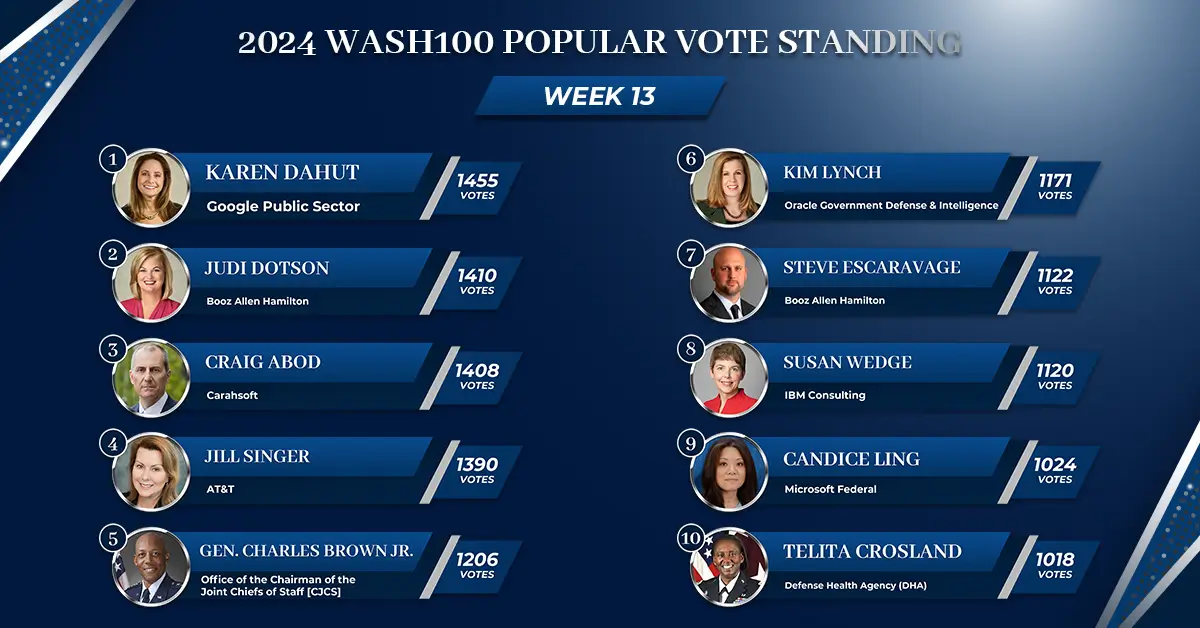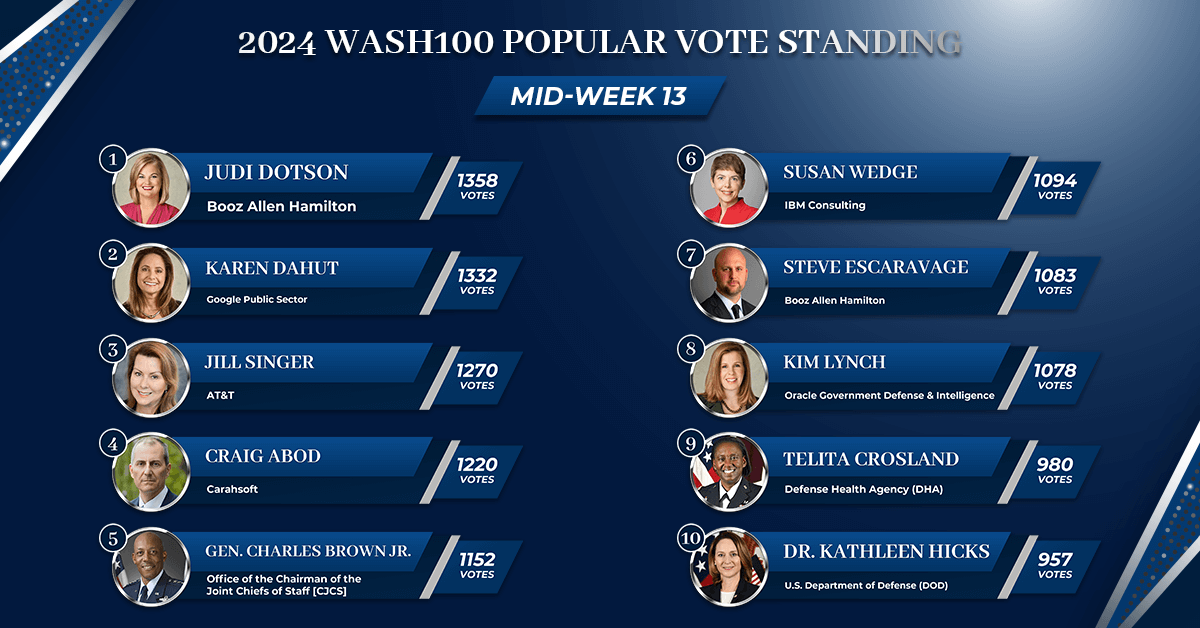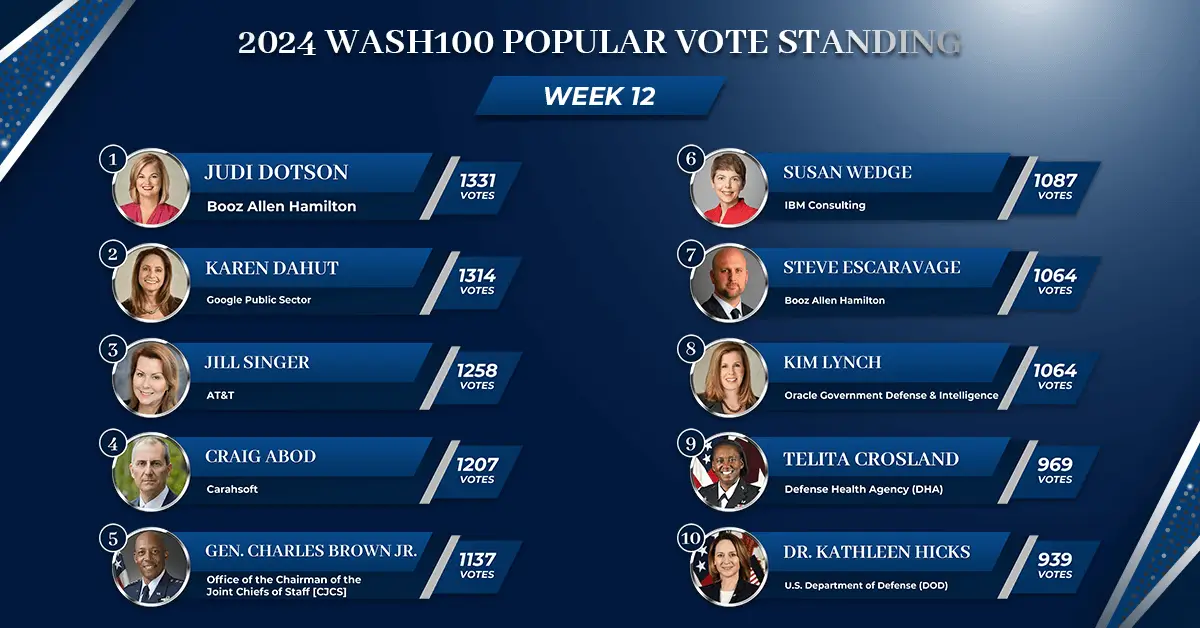In September, David Norquist, deputy secretary of the Department of Defense (DoD) signed a directive that outlines the principles governing DoD’s acquisition process in support of the National Defense Strategy.
The DoD Directive 5000.01, the Defense Acquisition System, details responsibilities for supervising acquisition programs and the six main principles of acquisition implemented through the adaptive acquisition framework.
The Defense Acquisition System will “deliver performance at the speed of relevance” by implementing six operating policies, including empowering program managers; simplifying acquisition policy; employing tailored acquisition approaches; conducting data-driven analysis; actively managing risk; and emphasizing product support and sustainment.

During GovConWire’s FY21 Acquisition Forum, notable federal and industry leaders will discuss the Defense Budget Reform, annual financial audit schedule adherence, Defense Acquisition System and implementation of the Adaptive Acquisition Framework (AAF).
To register for FY21 Acquisition Virtual Forum, as well as view other upcoming opportunities, visit GovConWire’s Event Page.
The AAF will deliver effective, suitable, survivable, sustainable and affordable solutions to the end user in a timely manner. To achieve those objectives, Milestone Decision Authorities (MDAs), other Decision Authorities (DAs), and Program Managers (PMs) have broad authority to plan and manage their programs consistent with sound business practice.
DoD recently updated its acquisition policy to help speed up the delivery of hypersonic weapons to warfighters and Ellen Lord, undersecretary of defense for acquisition and sustainment and a 2020 Wash100 Award winner, discussed how the 5000 series rewrite could help address sustainment concerns for such weapons systems.
“Our biggest sustainment concerns with hypersonics are ensuring that subcomponents have a resilient supply chain with secure microelectronic components and that the services, the military services, have a strategy for spares and repairables that provide sufficient annual quantities to ensure predictability for suppliers and readiness for the warfighter,” Lord said.
“The 5000 rewrite, specifically the product support and sustainment functional policy, places more emphasis on designing and contracting for sustainment,” she added.

Lord also discussed the acquisition pathways in the AAF under the updated 5000 series and how AAF offers a way for program managers to quickly deploy hypersonic weapons systems and other capabilities with affordability in mind.
“It’s paramount that we drive affordability into hypersonic weapons manufacturing to ensure that we can procure sufficient quantities,” Lord said. “Previous efforts reduce technical risk by designing and producing developmental flight test demonstration vehicles. Now, we will prioritize manufacturability and producibility with hypersonic prototype development programs.”
Join us for the FY21 Acquisition Forum, featuring Lt. Gen. David Bassett, director of the Defense Contract Management Agency (DCMA), who will serve as the keynote speaker to address the latest initiatives and goals for the federal acquisition process.
In addition, Soraya Correa, chief procurement officer with U.S. Department of Homeland Security (DHS), will also serve as a keynote speaker during GovConWire’s FY21 Acquisition Virtual Forum to discuss how the marketplace will change moving forward.
To register for FY21 Acquisition Virtual Forum, as well as view other upcoming opportunities, visit GovConWire’s Event Page.







